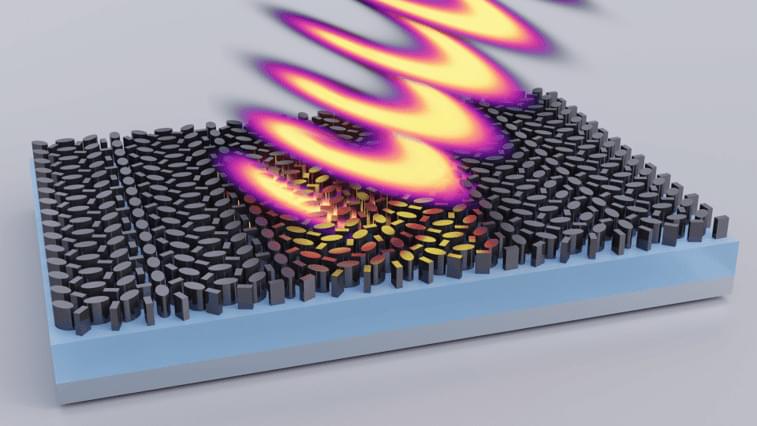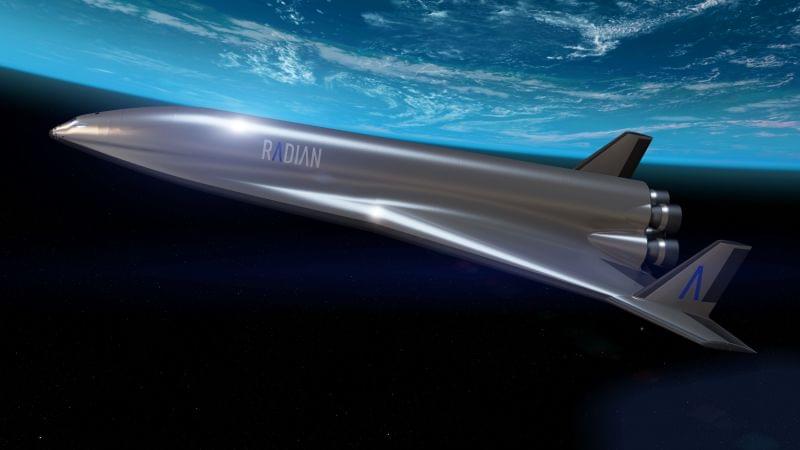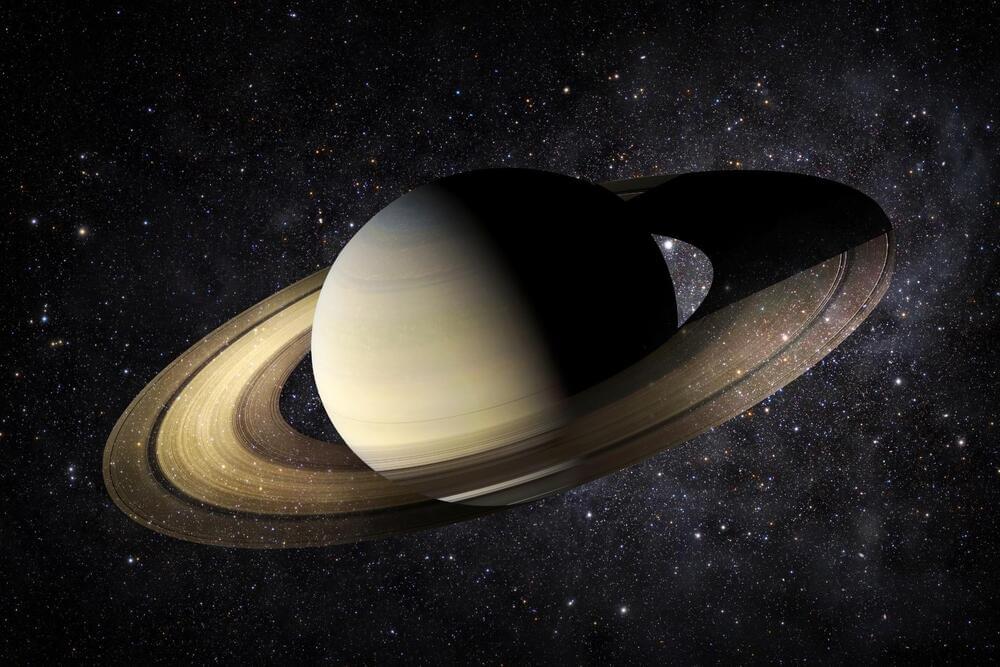A new type of gel, developed by chemists at the Martin Luther University Halle-Wittenberg (MLU), could help to make lithium-ion batteries safer and more powerful. The gel is designed to prevent the highly flammable electrolyte fluid from leaking.
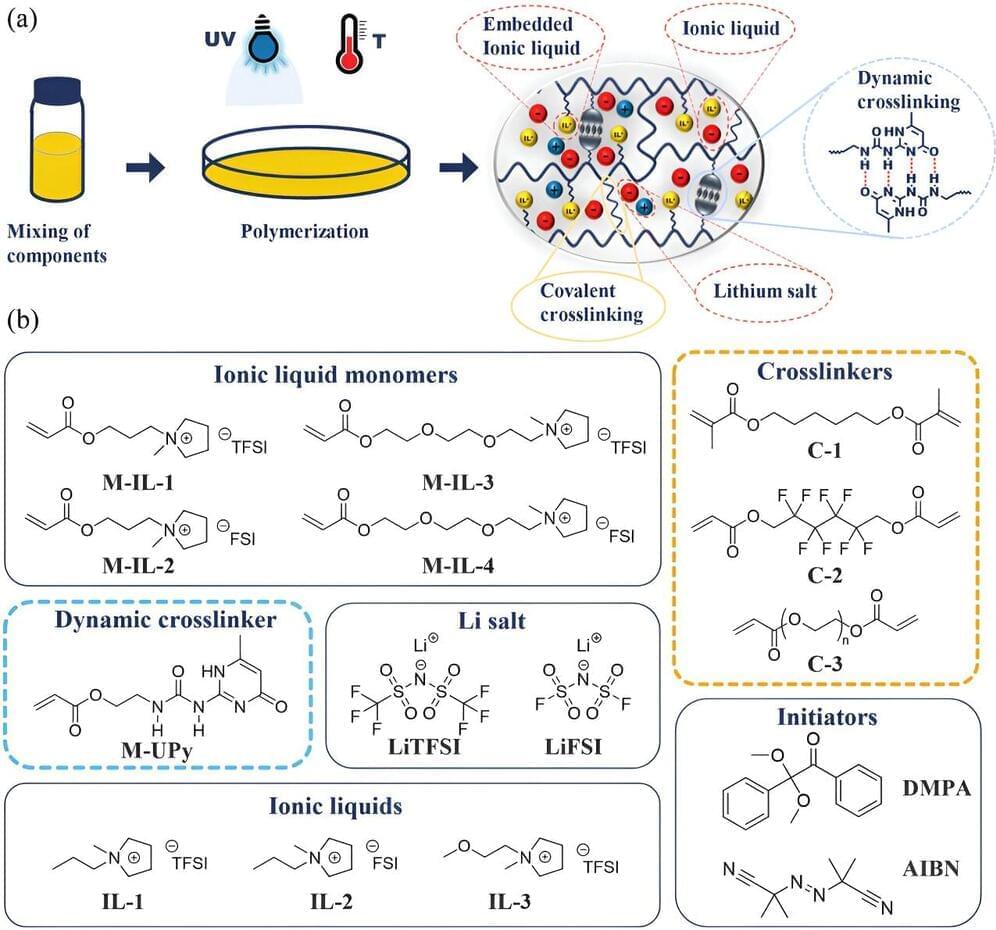

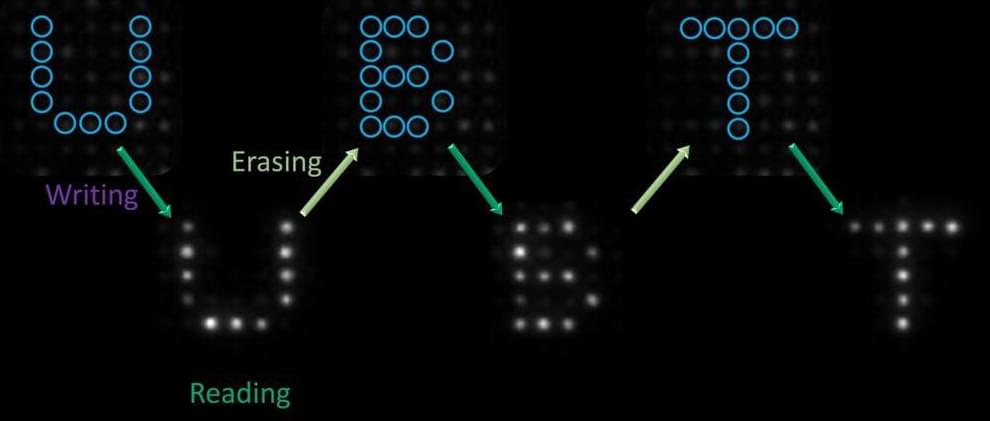
In a collaboration between scientists from Physics and Chemistry at the University of Bayreuth and Physical Chemistry at the University of Melbourne, it has now been possible to realize optically switchable photonic units that enable precise addressing of individual units. This will make it possible to reliably store and read binary information optically.



